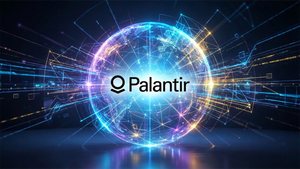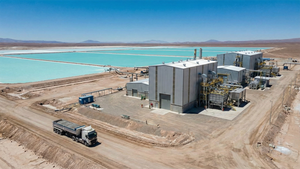SANTA CLARA, Calif., Feb. 06, 2024 (GLOBE NEWSWIRE) -- Verizon and Ericsson recently completed a trial of advanced Low-Latency, Low-Loss, Scalable Throughput (L4S) capabilities that will optimize Verizon’s 5G network for more robust solutions like interactive video, remote control of industrial processes, augmented reality (AR) and virtual reality (VR).
“While the first wave of 5G saw massive network infrastructure deployments, increased 5G adoption, and rapid ecosystem building, the second wave of the 5G era will be characterized by widespread innovation built on speed, massive capacity, low latency, security and reliability,” said Adam Koeppe, Senior Vice President of Network and Technology Planning for Verizon. “Just as we worked to evolve 4G after its initial launch into a high-performance network, we are now evolving the Radio Access Network providing 5G technology by introducing advanced technology features that will push the boundaries of what this service can provide to our customers.”
L4S is a cutting-edge capability designed to enable content providers to use the specific, robust network resources needed for a variety of time-critical applications, including entertainment, gaming, AR/VR, real-time video conferencing, Vehicle to Everything (V2X) communications, teleoperated driving, and drone operations, which all have in common the need for fast and consistent throughputs and the ability to meet desired latency targets in real time.
“The potential of 5G lies in its ability to facilitate a diverse array of groundbreaking services, particularly in time-critical communications for both consumers and businesses,” said Graham Osborne, Vice President and Head of Customer Unit Verizon for Ericsson North America. “This recent achievement with Verizon underscores the significant improvement in performance of time-critical, high-rate applications enabled through the L4S capability.”
The L4S trial, conducted in Ericsson’s D-15 5G innovation and co-creation lab in Santa Clara, CA, tested an XR application using an XR virtual reality headset over Ericsson’s 5G stand alone core connecting to Verizon’s C-Band spectrum. The trial demonstrated how enabling L4S signaling in the Radio Access Network allowed content providers to adjust the rates at which they sent their data packets, thereby markedly improving the performance of urgent, high-bandwidth applications over Verizon's 5G network. The results showed latency reduction by up to fifty percent, demonstrating the potential of L4S as a rate adaptation framework for 5G time-critical high data rate applications.
Building on a strong foundation
The introduction of L4S capability in Verizon’s 5G network is the next in a long line of technology advancement efforts the carrier has taken over the past several months to advance and mature 5G technology in order to realize the full benefits of this new service.
“Our goal from the beginning has been to create a transformational 5G network. That requires a redesigned, newly architected, fully virtualized network that can fundamentally manage mobile data differently than we have in the past,” said Koeppe. “With our virtualized Verizon Cloud Platform (VCP) core architecture, spectrum choices, virtualized RAN, owned and upgraded fiber footprint, edge platform capabilities and infused intelligence, we are leading the industry in introducing advanced technology and capabilities into the 5G network.”
When introduced into the network, L4S will work in conjunction with other advanced technologies in the network to provide the necessary speeds, latency and performance for more robust solutions. Active Queue Management, caches, Mobile Edge Compute (MEC) capabilities, the Verizon Cloud Platform (VCP), a fully virtualized 5G stand alone core, virtualized RAN, artificial intelligence, network slicing, and expansive orchestration will all work harmoniously in Verizon’s 5G network to provide the advanced capabilities needed for robust solutions like XR applications, vehicle-to-vehicle communication while driving, robots interacting on a factory floor, thousands of sensors in a warehouse sending real-time information or drones sending near real time video while flying.
MEDIA CONTACT:
Karen Schulz
864.561.1527
Karen.schulz@verizonwireless.com






